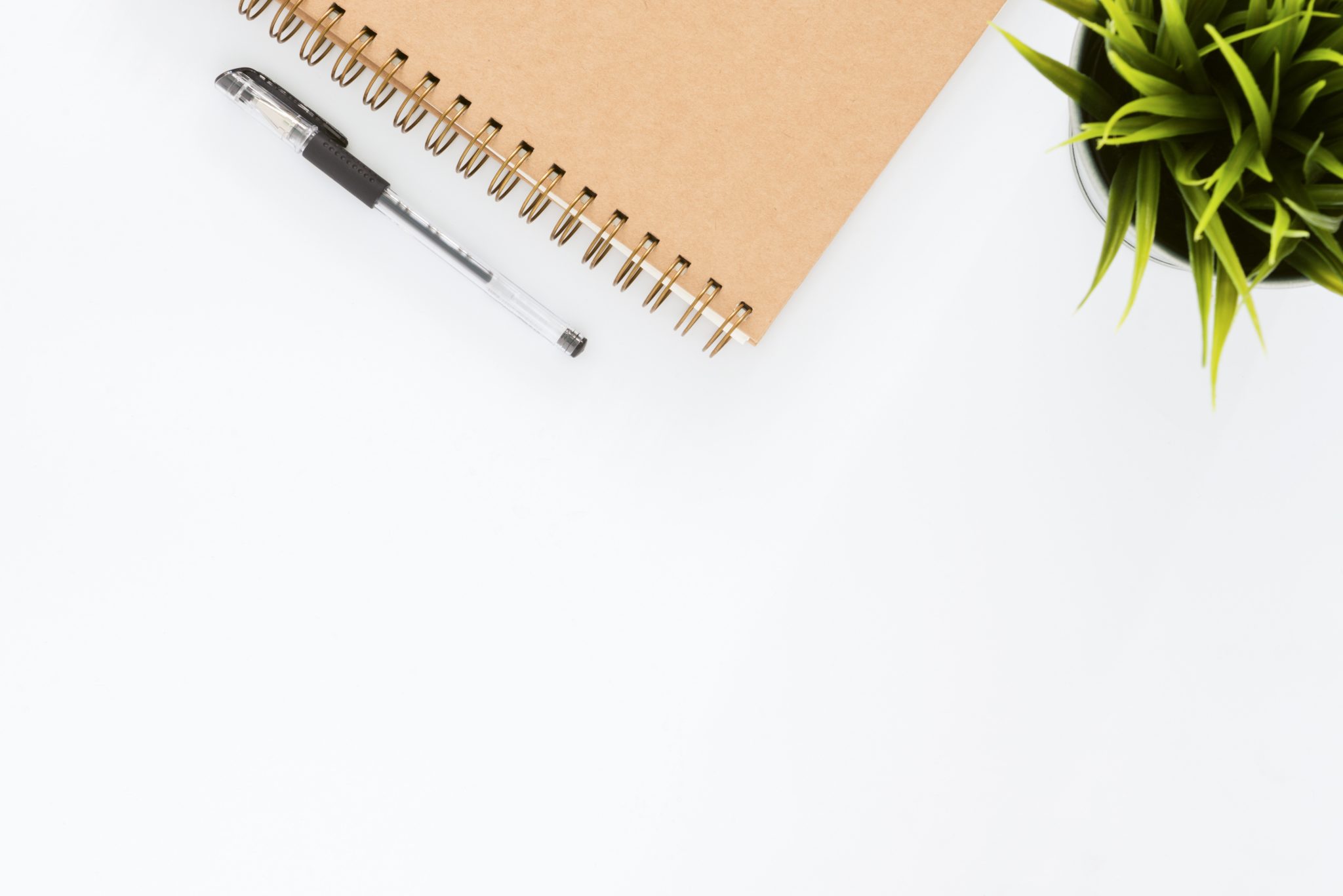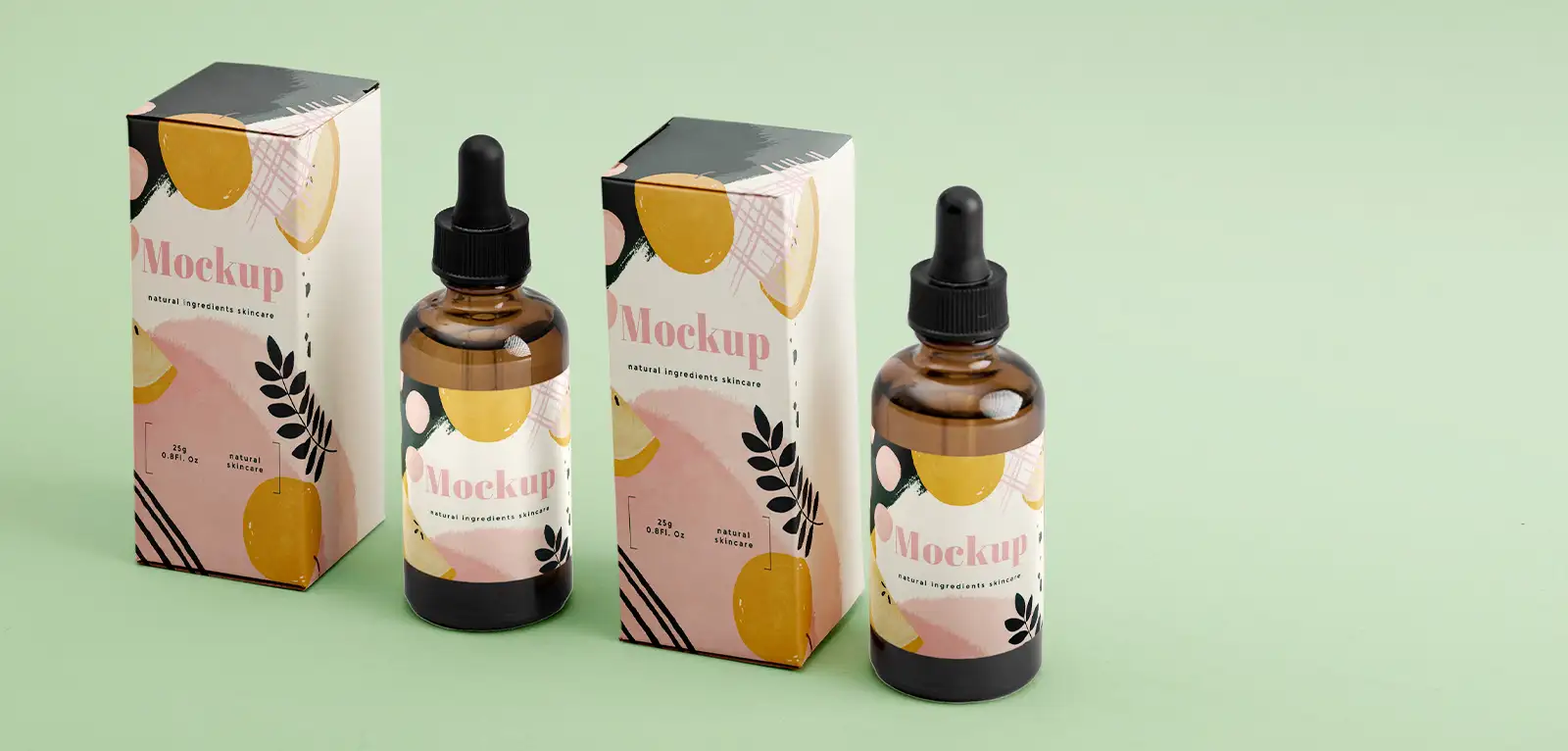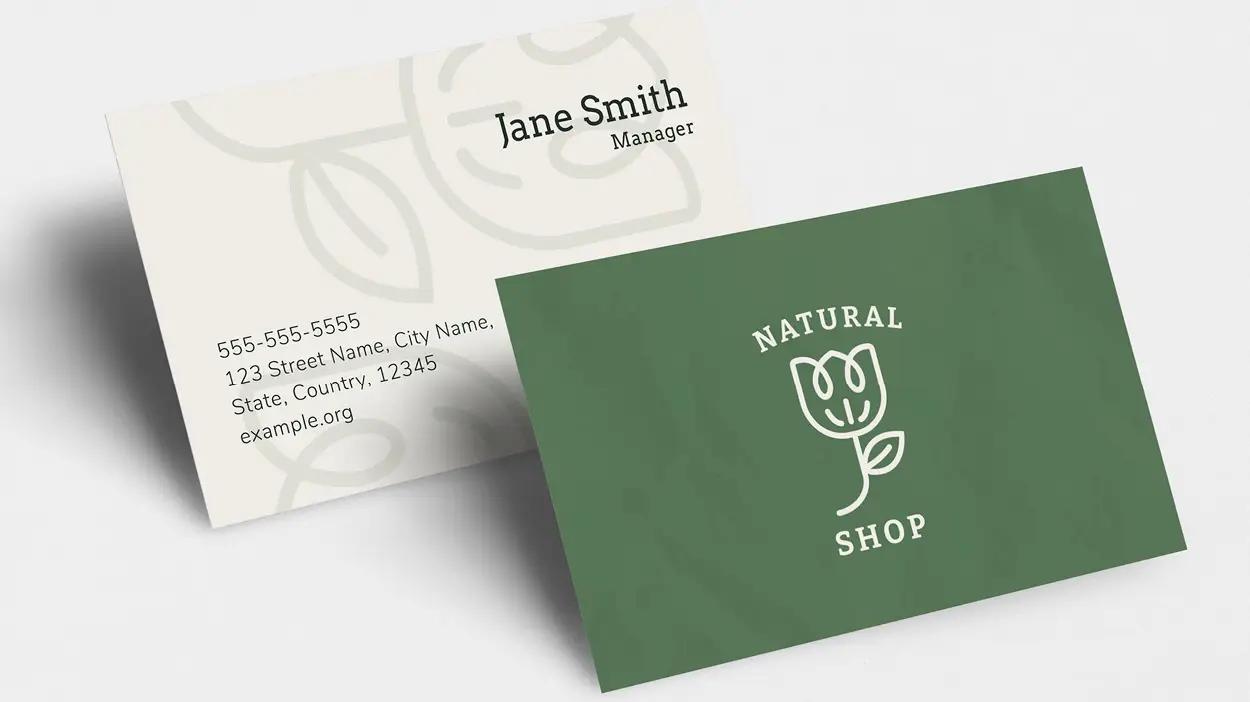March 6, 2025
The Complete Guide to Booklet Binding and Finishing for Print Projects


With printed materials, what holds everything together – literally and figuratively – is the binding. Creating a high-quality company report, photo book, or custom event booklet can be tough. One of the biggest decisions you’ll make is choosing the right print binding method. This choice can have a big impact on how people use and perceive your finished product. With so many booklet binding options available, it’s hard to know which one is right for your project.
In this complete guide to booklet binding and finishing, we’ll walk you through the most popular binding styles, when to use them, and which finishing touches can take your printed piece from standard to standout.
Print binding is a step-by-step process that turns individual sheets into a solid unit. It’s not just about holding pages together – it also boosts the piece’s functionality, durability, and overall look and feel. With the right booklet binding option, a manual that’s used every day can stay in one piece, even after repeated use.
From professionally bound books like instruction guides or corporate reports to eye-catching marketing brochures, the type of binding you choose says something about your brand’s attention to detail and commitment to quality. The booklet binding of your printed document reflects your business’s personality, values, and level of sophistication, making it a key part of the printing process.
When print projects go beyond one printed sheet, they may need to be bound or fastened together to create a book, magazine, or booklet. Learn about our wide variety of print bindings to choose from to get an idea of which one may best fit your specific piece.
Saddle stitching is a style of booklet binding typically used for booklets, magazines, catalogs, and calendars. Sheets of paper are stacked, folded in half, and then stapled through the fold line with wire staples. It’s one of the most popular booklet binding options for a variety of reasons. S
For starters, it’s the most cost-effective style of binding, but it also has a fast turnaround time, and is available in a wide range of sizes, and adds minimal bulk to your piece – which is a huge advantage for items that need to be shipped. This type of binding works beautifully for:
If you’ve ever read a hardcover book, you’ve seen an example of case binding! As one of the most classic ways to bind a book, case bindings are usually also the most time-consuming and expensive. However, because this style is so sturdy, it’s perfect for books that will be handled frequently and need to hold up over many years.
This long-lasting booklet binding option works with a minimum of 60 internal pages (or an amount that equals ⅛ inch), which get divided up into “signatures.” Signatures are small groupings of pages that are bound separately, collected and fastened together before being attached to the book’s cover. This print binding option is great if you’re:
If you’re looking for a cost-effective, lightweight option for high page count booklets, look no further than perfect binding. In fact, perfect binding is how most paperback books are bound and is the easiest way to produce books – making it an extremely popular choice.
Unlike saddle stitching, a perfect bound book is created by gathering together the book’s pages and gluing them along a heavier weight paper cover, thus creating a flat spine. Another perk of a perfect bound book is that they look like a professional hardcover case-bound book without the extra cost and production time. Perfect binding is ideal for:
A popular option with PostNet customers, comb binding is exactly what it sounds like – a round plastic comb inserted into the piece via holes in the spine. Comb binding is a cost-effective option to finish a book, calendar, or any project where you need to bind together laminated pages, which are thicker than normal paper. And thanks to the variety of comb sizes, comb bound books can be anywhere from four to 400 pages. Use this booklet binding when you’re creating:
Wire-O binding (also known as twin loop, double-loop, double-O, duo-wire, or wire binding) uses pre-formed wire loops that run along in a C-shaped unit and are crimped to form a perfect circle. Commonly used for notebooks, Wire-O binding is somewhat similar to comb, but as noted in the name, it uses wire instead of plastic to create a sophisticated appearance that many people prefer.
This booklet binding option also offers practical benefits – for example, Wire-O bound pages can be opened a full 360 degrees, allowing all of the document’s pages to lie flat when opened, and it can be used on projects with a wide range of page counts. Consider this booklet binding option when making:
Spiral binding is another style that appears similar to Wire-O and Comb bindings. Though this style also accommodates large page counts and allows pieces to lay flat when opened, the difference here is that Spiral binding uses a plastic coil that is one long piece with no gaps. To create this booklet binding, the coil is inserted into the first hole along the edge of the grouped pages and wound through each one, resulting in a very durable, long-lasting binding. Ideal for:
At PostNet, we can take your project to new heights with a range of finishing options that go beyond basic booklet binding and fastening. You can turn an ordinary document into something truly eye-catching. Adding one of these finishing options gives your project a professional edge that sets it apart. Whatever finishing option you choose, it will add an extra layer of distinction to your work, making it more engaging and memorable for everyone involved!
A die cut lets you create something truly unique, adding a personal touch to your project. Think about designing a product label – a die cut helps you make a custom shape that matches the product’s theme or brand, making it really pop on store shelves. For example, if you’re designing a book cover, a die cut can be used to create a window or cut-out effect that gives a hint of what’s inside. By using die cuts, you can add an extra creative layer to your design, setting it apart from the rest.
Embossing is what elevates specific design elements or letters, creating a tactile experience for the reader. On the other hand, debossing is the reverse of embossing and instead of creating a raised image, debossing involves sinking a design or text into a material, usually paper or cardstock.
The most popular type of lamination is encapsulation – where a clear plastic film is attached to a printed paper to make it water-resistant and durable. This finish is great for menus in restaurants and bars, since they can get wiped clean easily and withstand heavy use. Using lamination or synthetic paper is a great way to make your printed materials last longer in different environments.
Adding a foil can give a booklet’s or magazine’s cover a deluxe feel, especially with metallic foils seeing a rise in popularity right now. These shiny accents are applied using heat and pressure, which bonds them to the paper or cardstock. By combining foils with other printing techniques, you can create designs that grab your attention and make a lasting impression.
Edge staining is a cool technique that lets you differentiate sections within a book by adding vibrant colors to the edges. It’s similar to gilding, where thin layers of gold leaf are applied to page edges to give a more luxe look. However, with edge staining, the colors can be really bold and playful, grabbing your attention and guiding you to specific parts of the text. Adding this visual and tactile element makes reading more enjoyable and easier to navigate.
Whether you’re putting together a simple booklet binding project or a high-end hardcover book, choosing the right print binding method makes all the difference in presentation, durability, and usability. Combine that with finishing options to truly make your piece stand out.
Visit your nearest PostNet and chat with our experts to find the best booklet binding options and finishing touches tailored to your goals.


